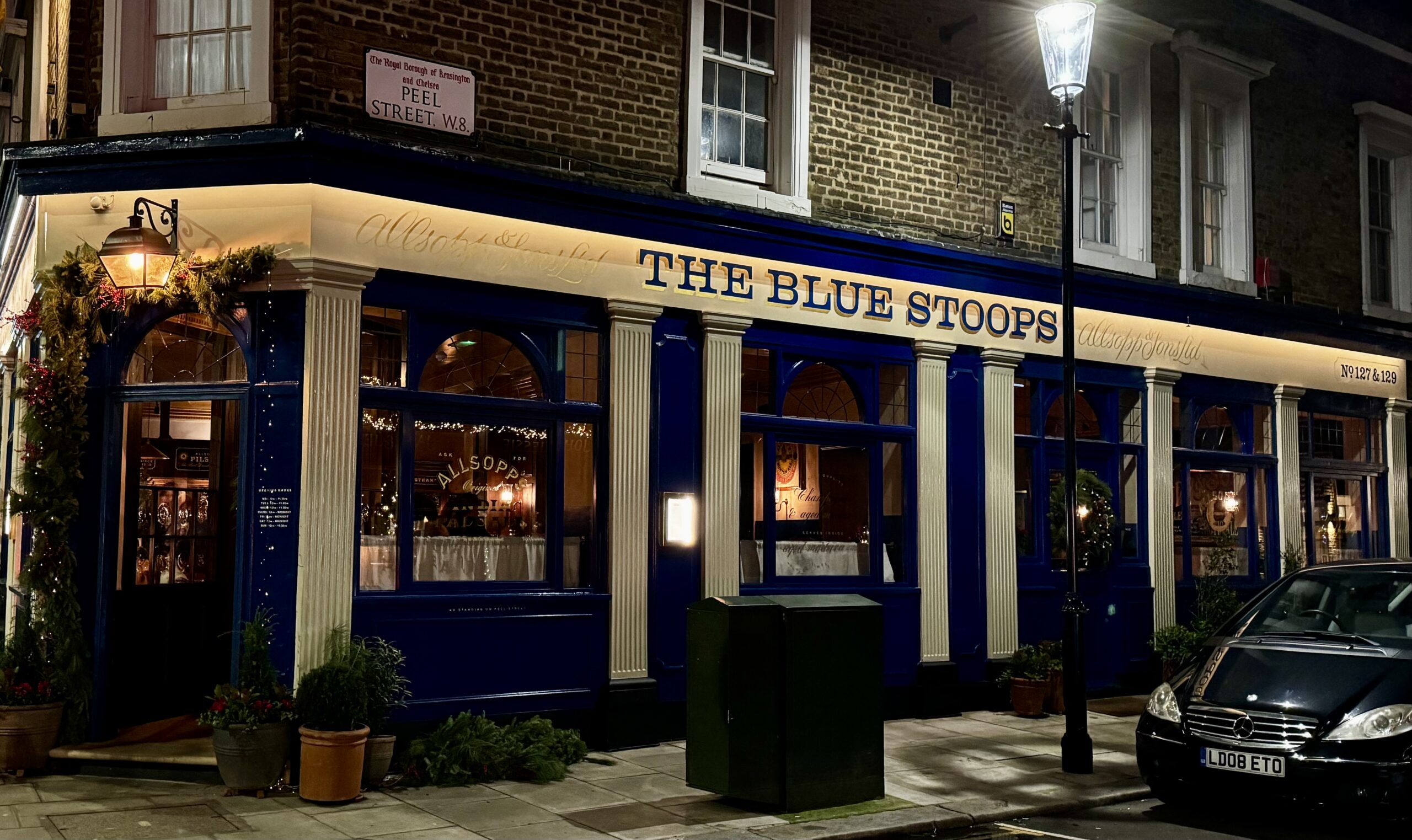The Art of Menu Engineering
Menu engineering is a strategic process that goes beyond creating a list of dishes and prices. It is an art that leverages psychology, design, and marketing techniques to influence customer behavior, enhance the dining experience, and ultimately maximize profitability for restaurants.
By carefully analyzing various aspects of menu design, pricing strategies, and item placement, menu engineering can guide customers toward higher-margin items while creating an enticing and informative visual representation of the culinary offerings. In this article, we delve into the art of menu engineering and explore how it can transform a menu from a mundane document into a powerful tool for success.
Psychology of Menu Engineering
Menu engineering taps into psychological principles to influence customer decision-making. The menu’s layout, color scheme, font choice, and even the language used can have a significant impact on customers’ perception of dishes. For instance, grouping high-profit items in a visually distinct section can catch customers’ attention and encourage them to order those items. Additionally, strategic use of descriptive wording and mouth-watering language can evoke cravings and stimulate appetite.
Strategic Item Placement
The strategic placement of menu items is crucial in menu engineering. Using techniques such as the “Golden Triangle” – a placement strategy that guides the eyes of customers to specific areas of the menu – restaurateurs can highlight high-margin dishes or chef’s specialties. Another effective method is the “decoy effect,” wherein a moderately priced item is strategically placed next to a higher-priced item to make the latter more tempting and profitable. Additionally, arranging items from high to low profitability can guide customers towards more profitable choices.
Pricing Strategies
Pricing is a delicate art in menu engineering. Applying menu psychology, restaurateurs can provide pricing options to steer customers towards higher-value items. For example, offering a small, medium, and large portion with corresponding price ranges can encourage customers to opt for the higher-priced medium or large portions.
Moreover, pricing items at non-rounded values, such as £17.95 instead of £18, can create the illusion of a better deal, making customers more likely to order.



